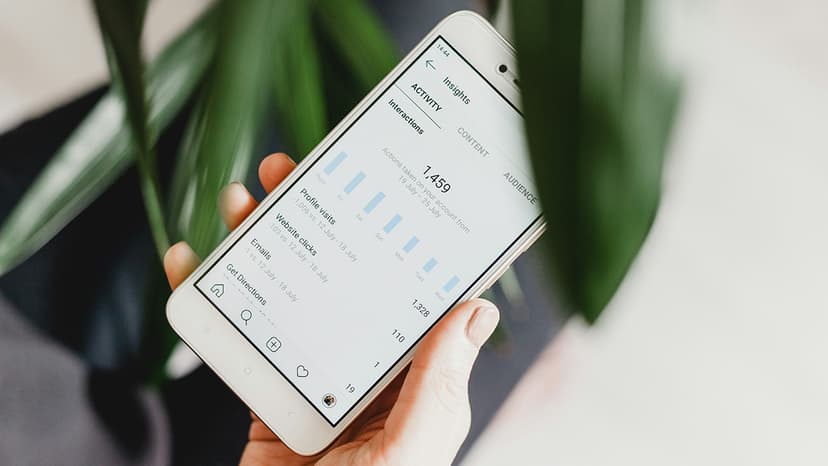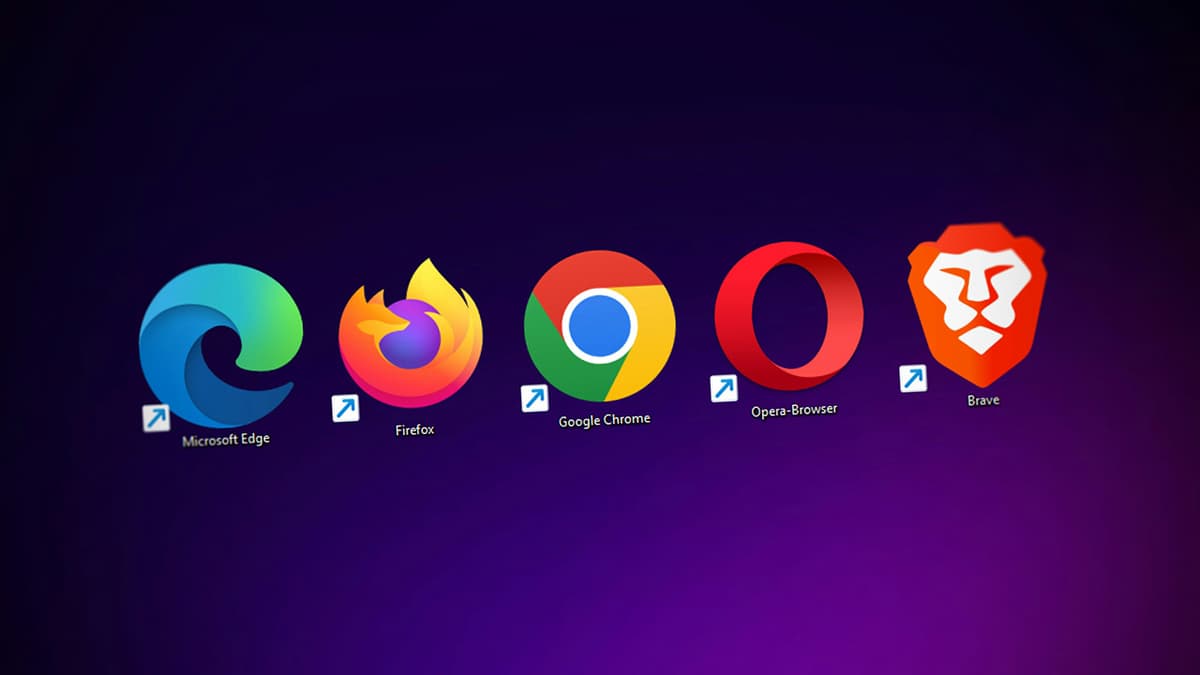GPU-Based Data Analysis
GPU-based data analysis is a growing field that uses Graphics Processing Units (GPUs) to enhance data processing tasks. GPUs are designed for parallel processing, which makes them suitable for large datasets and complex computations. This capability is beneficial for data scientists and analysts.
The Power of GPUs in Data Science
Data analysis traditionally relies on central processing units (CPUs) for calculations. While CPUs are effective for general computing tasks, they are not always ideal for data-intensive applications. GPUs, being built for parallel computations, excel at executing repetitive tasks simultaneously.
One main advantage of GPUs in data analysis is the significant reduction in processing time. For example, NVIDIA's RAPIDS, based on the CUDA-X AI framework, provides a range of data science libraries that allow end-to-end data science training pipelines to run entirely on GPUs. This can cut training time from days to minutes, enabling data scientists to iterate and experiment with models more effectively.
Real-World Applications
GPU-based data analysis is used in many domains, such as big data analytics, machine learning, and statistical analysis. Here are some examples:
-
SQream: SQream is a startup specializing in GPU-based big data analytics. The company utilizes GPUs to accelerate data processing, allowing organizations to manage large datasets efficiently.
-
Dataflow GPU: This service from Google Cloud integrates the programming ease of Apache Beam with the computational power of GPUs. Users can incorporate NVIDIA GPUs in their data pipelines, combining performance with a straightforward programming model.
-
BiocMAP: BiocMAP is a GPU-accelerated pipeline designed for processing bisulfite sequencing data. It focuses on genomic methylation analysis, illustrating how GPU-based data analysis can advance specialized domains in the life sciences.
These examples show that GPU-based data analysis is versatile, offering faster and more efficient data processing across various industries.
Benefits of GPU-Based Data Analysis
There are notable advantages of using GPUs for data analysis:
-
Speed: GPUs can perform parallel computations, drastically reducing processing time for large datasets. This accelerates the ability to gain insights and make informed decisions.
-
Efficiency: Offloading tasks to GPUs lessens the burden on CPU resources. This improves overall system performance and accommodates more demanding workloads.
-
Scalability: GPU-based data analysis can adapt to increasing data volumes. As data continuously grows, the need for efficient processing becomes essential. GPUs deliver the needed computational power to meet these challenges.
GPU-based data analysis offers significant benefits in speed, efficiency, and scalability. With the capability to process large datasets and complex computations, GPUs provide quicker insights for better decision-making. As the technology advances and GPU-based tools develop further, improvements in data analysis are expected.












